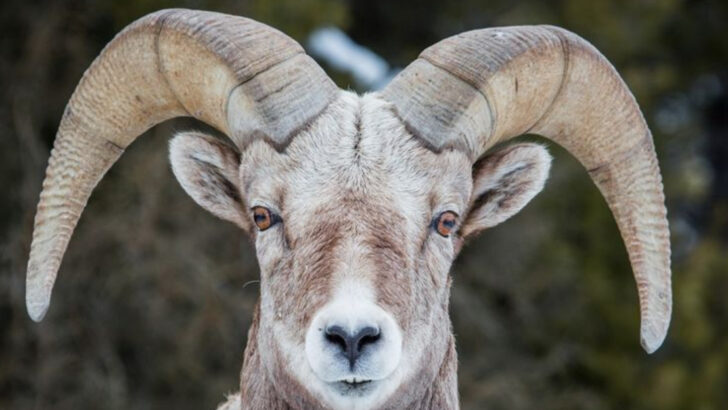They fight like gladiators and climb like gravity doesn’t apply to them.
Bighorn sheep aren’t just survivors—they’re absolute legends.
These rugged rock stars scale cliffs that would make seasoned mountaineers sweat.
They leap across ledges as if the rules of physics are just suggestions.
And when it’s time to prove who’s boss?
Males charge each other at 20 mph, skulls colliding in a thunderous crack that echoes through the peaks.
Their horns alone can weigh over 30 pounds—a built-in battle helmet that doubles as a crown.
And yet, for all their brawn, they live in delicate balance with some of the harshest environments on Earth.
So if you thought mountain royalty had feathers or claws, think again.
These guys rule the heights with a mix of raw power and cliff-hugging grace.
Let’s talk about why bighorn sheep are the kings you never knew you needed.
Majestic Horns
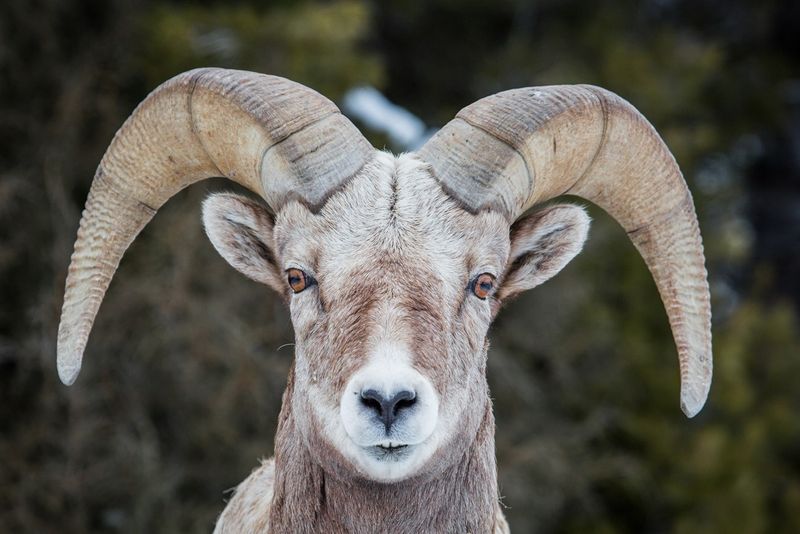
The bighorn sheep’s horns are not just for show; they symbolize strength and endurance. These spiraling marvels, present in both males and females, are used in head-butting contests to establish dominance. Watching two males collide is like witnessing a symphony of power and sound. Moreover, the horns grow throughout the sheep’s life, often reaching lengths over three feet. Interestingly, they can weigh up to 30 pounds, a testament to their evolutionary importance. Each growth ring on the horn tells a story of survival, harsh winters, and prosperous summers in the mountains.
Exceptional Agility
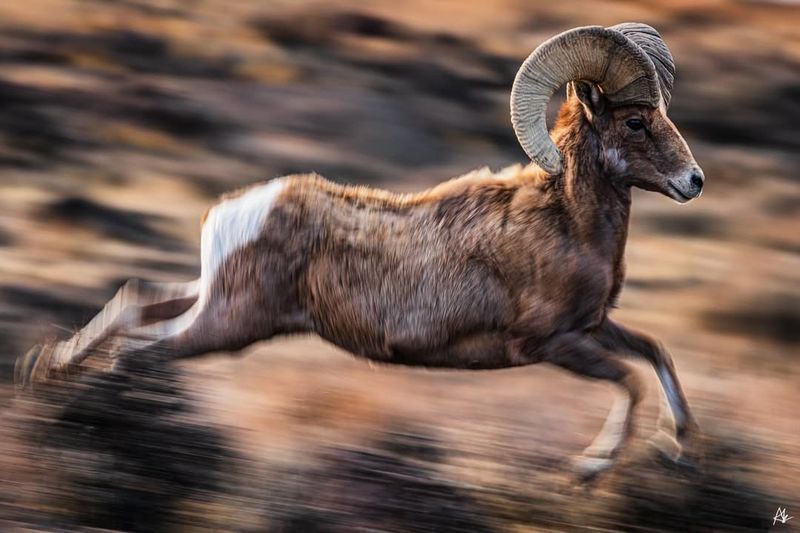
Their agility is a marvel, allowing them to navigate treacherous terrains with ease. Picture a bighorn sheep leaping across chasms, its hooves barely touching the ground. These animals are built for the mountains. Their keen balance and muscular legs enable them to scale steep cliffs that would intimidate most. Watching them in action, you can almost feel the wind rustling their fur as they bound effortlessly. This remarkable agility is not just a survival trait but an exhibition of nature’s engineering at its finest. It’s this prowess that solidifies their place as mountain royalty.
Social Structure

Bighorn sheep exhibit a complex social structure that fosters community and survival. The herds are often led by a dominant ewe, showcasing the power of matriarchal leadership. They live in groups to protect against predators, relying on the safety in numbers. This social dynamic is a blend of hierarchy and harmony. Young rams learn through play, mimicking the head-butting of adults. Meanwhile, ewes watch over the lambs, teaching them the ways of the mountains. This intricate social web ensures that every sheep knows its place, reinforcing the bonds that hold their community together.
Adaptation to Climate
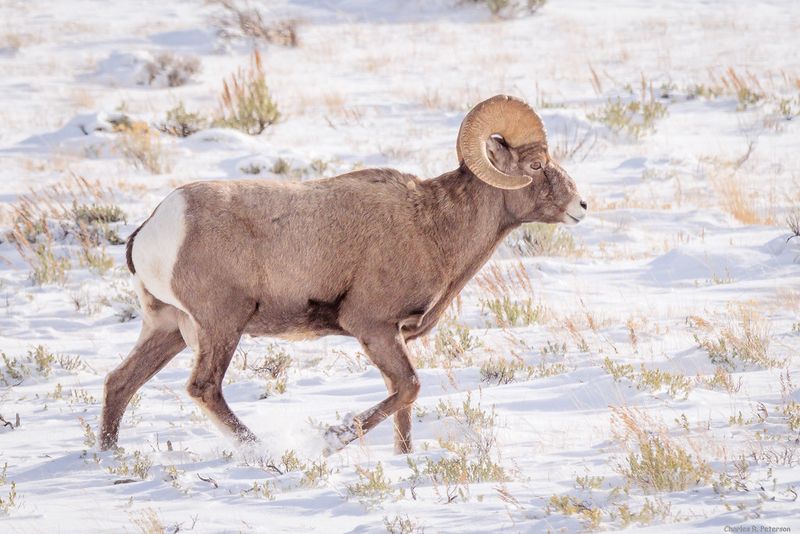
Bighorn sheep have adapted to thrive in some of the harshest climates on earth. Their thick, insulating coats protect them from freezing temperatures, while their ability to efficiently forage enables survival in barren landscapes. These adaptations are crucial during brutal winters when food is scarce, and temperatures plummet. The sheep’s remarkable endurance allows them to conserve energy and maintain warmth. This resilience to climate extremes highlights their evolutionary prowess and adaptability. Observing them endure harsh conditions is a testament to their survival instincts, proving they are the true masters of mountain weather.
Symbol of Wilderness
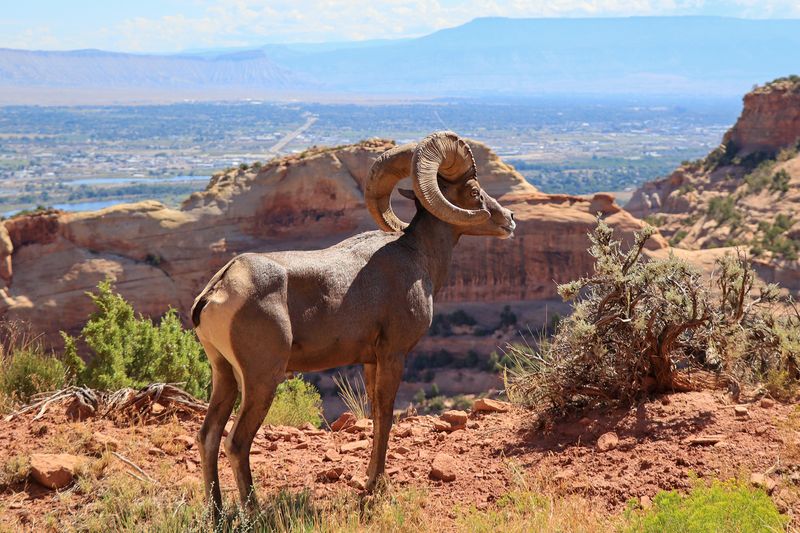
The bighorn sheep is a symbol of unspoiled wilderness and untamed beauty. Its presence signifies the health and vitality of mountainous ecosystems. As a keystone species, they play a critical role in the ecological balance, influencing vegetation and providing prey for predators. Their majestic silhouette against the horizon evokes a sense of freedom and wildness. This iconic status inspires conservation efforts and symbolizes the enduring spirit of the natural world. Protecting these sheep ensures the preservation of the entire ecosystem they inhabit, making them an emblem of conservation success and natural magnificence.
Historical Significance
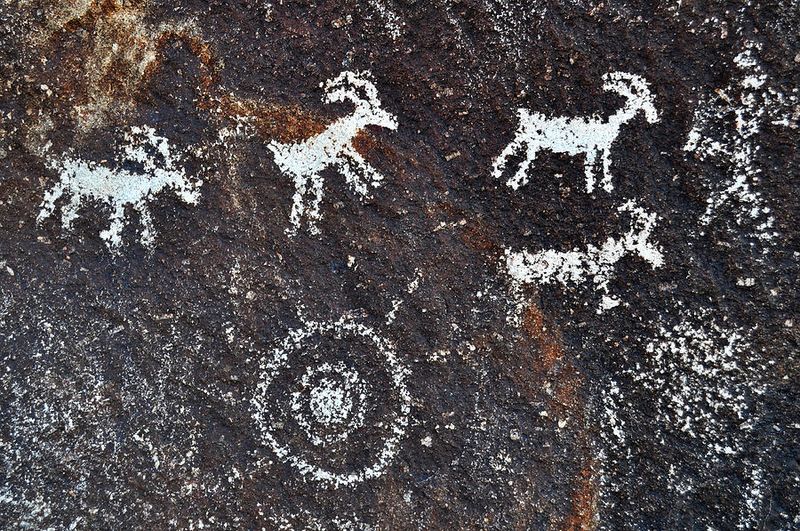
Bighorn sheep have held cultural and historical significance for centuries. Ancient civilizations revered them, as evidenced by petroglyphs found across North America. These animals were not just sources of sustenance but symbols of strength and resilience. They played roles in mythology and were often associated with deities. Even today, indigenous communities view them as spiritual guides, embodying the power and grace necessary to navigate life’s challenges. Understanding their historical impact offers insight into the deep connection between humans and nature, reflecting a shared heritage deeply rooted in respect and admiration.
Impressive Longevity

Bighorn sheep are known for their impressive longevity, often living up to 15 years in the wild. This long life allows them to accumulate wisdom and experience vital for survival. Old rams, with their massive horns, become living legends within their herds. Their life stories are etched in each horn’s curve, narrating tales of battles won and lost. Longevity also ensures the continuity of genetic strength within populations. Observing a seasoned bighorn sheep is like reading a living history book, where every scar and horn ring holds secrets of the mountains and survival.
Breathtaking Views
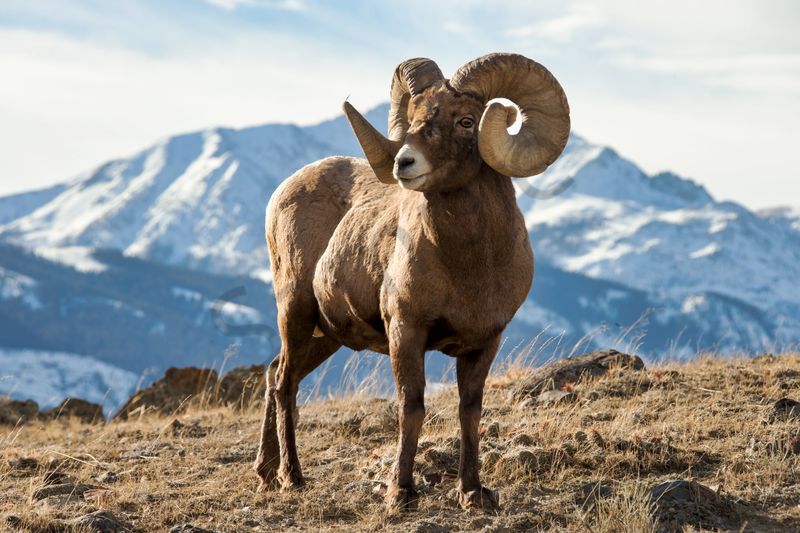
Living in the mountains, bighorn sheep enjoy some of the most breathtaking views nature has to offer. Perched on high cliffs, they witness sunrises painting the sky in hues of orange and pink. The expansive landscapes unfolding before them are both home and sanctuary. For these animals, each day begins with the splendor of nature’s artwork. Their presence in these vistas reminds us of the serenity and awe of untouched wilderness. Sharing these views with bighorn sheep is a privilege, offering a glimpse into their majestic world where sky and earth meet.
Remarkable Resilience
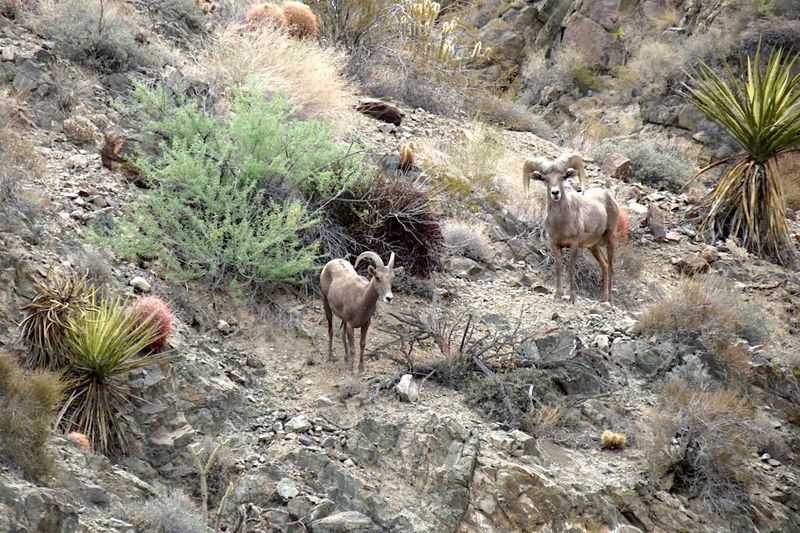
The resilience of bighorn sheep is nothing short of remarkable. They endure the harshest conditions, from biting winds to torrential downpours. This steadfastness is a testament to their survival instincts and determination. When storms rage, they stand their ground, unyielding and unwavering. Their rugged endurance is not just physical but symbolic of the spirit of the mountains. Witnessing a bighorn sheep weather a storm offers a powerful lesson in resilience and strength. They remind us that challenges can be faced head-on, with unwavering resolve and the courage to stand firm.
Unique Vocalizations
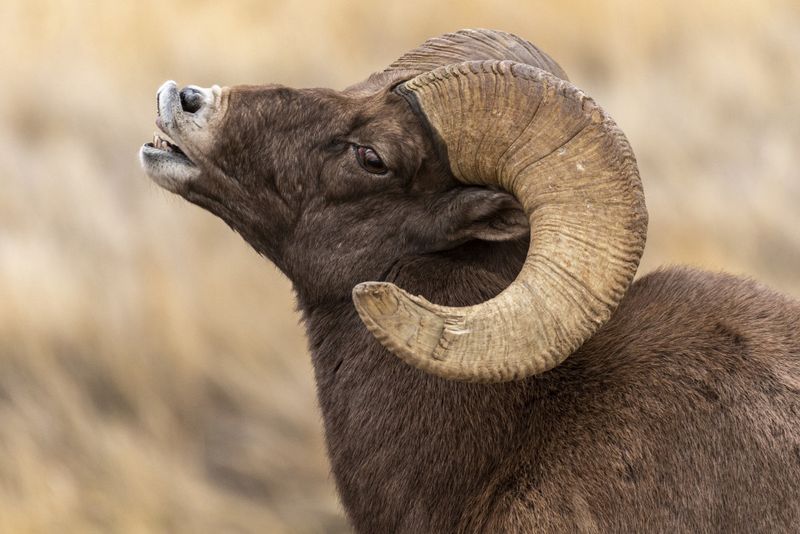
Bighorn sheep communicate through unique vocalizations that echo across mountain ranges. Their bleats, grunts, and snorts serve various purposes, from alerting others to danger to expressing contentment. These sounds are a language of survival, fostering connections within herds. The vocalizations are as distinct as the landscapes they inhabit, adding a symphony to the mountain’s silence. Listening to these calls amidst the wilderness offers a glimpse into their world, where every sound has purpose and meaning. This vocal communication enriches their social interactions, enhancing herd cohesion and reinforcing their majestic presence.
Natural Sculptors
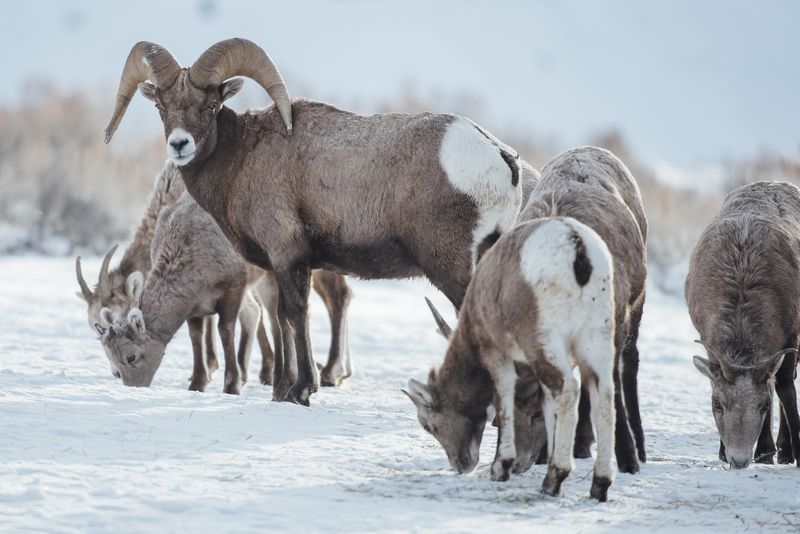
Bighorn sheep play a vital role as natural sculptors of their environment. By grazing on grasses and shrubs, they influence vegetation patterns, promoting biodiversity. Their browsing habits prevent overgrowth, allowing other species to thrive. This interaction with the environment is a delicate balance, showcasing their ecological importance. As they move through their habitats, they leave subtle marks on the landscape, shaping it over time. This role as environmental stewards highlights the intricate connections within ecosystems. Observing their impact on the land reveals the profound influence these majestic creatures have on mountain ecology.

